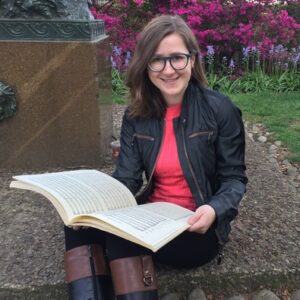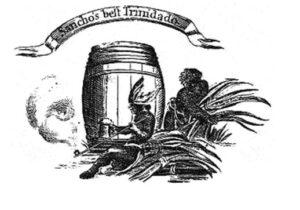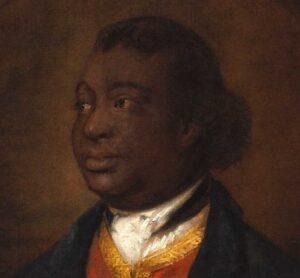Homepage
Ignatius Sancho was a Black British writer and musician who was deeply engaged with the visual and performing arts as a means for calling attention to the inhumanity and hypocrisy of discrimination, racism, and the enslavement of Black people in London and across the British empire.
In 1766, Sancho read the Sermons of Mr Yorick by the famed white novelist Laurence Sterne (1713–1768). A passage in the Sermons decried the slave trade as a “poison,” and it inspired Sancho to write to Sterne and implore him to “give half an hour’s attention to slavery” in the next installment of his novel Tristram Shandy. In doing so, Sancho argued, Sterne might “ease the yoke” of his “miserable black brethren” by “touching” and “amending” the hearts of Sterne’s readers.
The need could not have been more urgent: by the end of the eighteenth century, Britain had become the leading slave-trading nation in the world. In the 1760s, when Sancho wrote to Sterne, British traders enslaved over 300,000 African people—more than double the number from the first decade of the eighteenth century—yielding profits for large swaths of the British population.1 Sancho’s letter to Sterne, a resolute protest against slavery, asserted that the arts could awaken the empathy of white Britons for Black Africans and for the cause of emancipation.
Sancho’s exchange with Sterne was published after Sterne’s death in 1775 and subsequently viewed as a model of sentimental writing. Following Sancho’s death in 1780, his friends gathered hundreds of pages of his letters, including his correspondence with Sterne, and published them as Letters of the Late Ignatius Sancho, an African (1782).
The story of Sancho’s exchange with Sterne is well known today. Yet, even before this exchange, Sancho had already created artwork that subtly yet pointedly conveyed antiracist messages. Examination of his extant musical compositions, published between 1767 and 1779, as well as the texts of his songs and the dance figures included in his instrumental music, shows how deeply Sancho was embedded in the cultural life of British society; moreover, as our research demonstrates, they point beyond themselves to the extensive cultural life of the Black residents of London and beyond. Sancho’s involvement with the theater opens the way to a new consideration of the presence of Black artists in that field in the eighteenth century and in our own day. The painted portrait of Sancho made by Thomas Gainsborough (1727–1788), a founding member of the Royal Academy of Arts and perhaps the leading visual artist of his day, shows Sancho’s engagement with visual culture; displaying Sancho’s character and his wit, the portrait challenges and disrupts the often-demeaning portrayals of Black people in the visual arts of Sancho’s day.
Even as new research is emerging about Sancho’s biography, our study group offers the results of its work on antiracism in the arts in Sancho’s worldview and practice. With support from the Institute for the Study of Global Racial Justice at Rutgers-New Brunswick, our group brought together faculty and graduate students from Mason Gross School of the Arts, and the School of Arts and Sciences, and the Rutgers University Libraries, as well as scholars and artists based elsewhere in the United States and the United Kingdom. We offer the essays and audio/visual materials at this website as a means of situating Ignatius Sancho within a racially and culturally complex landscape and highlighting the role
of the arts in advancing the cause of racial justice.















